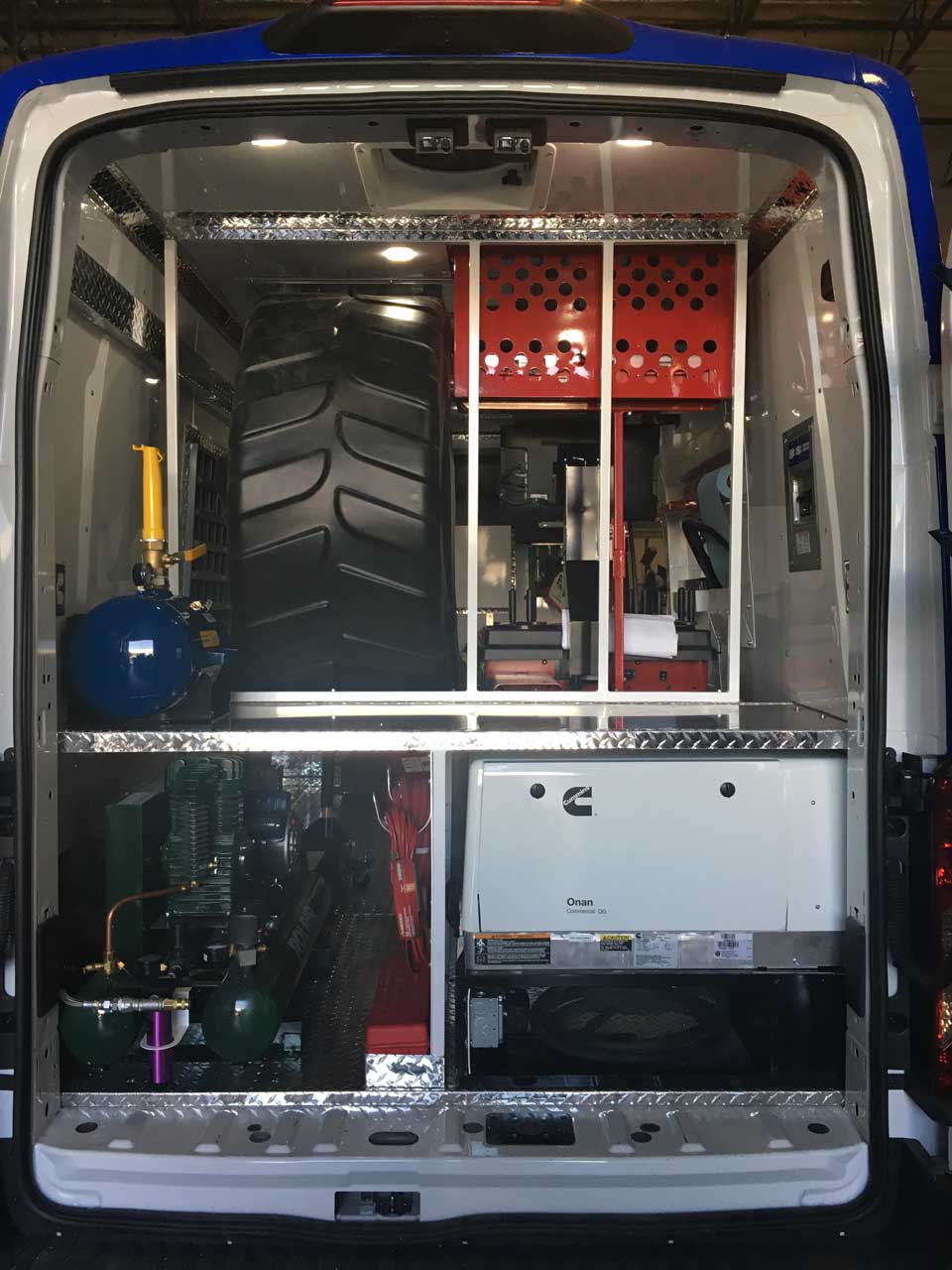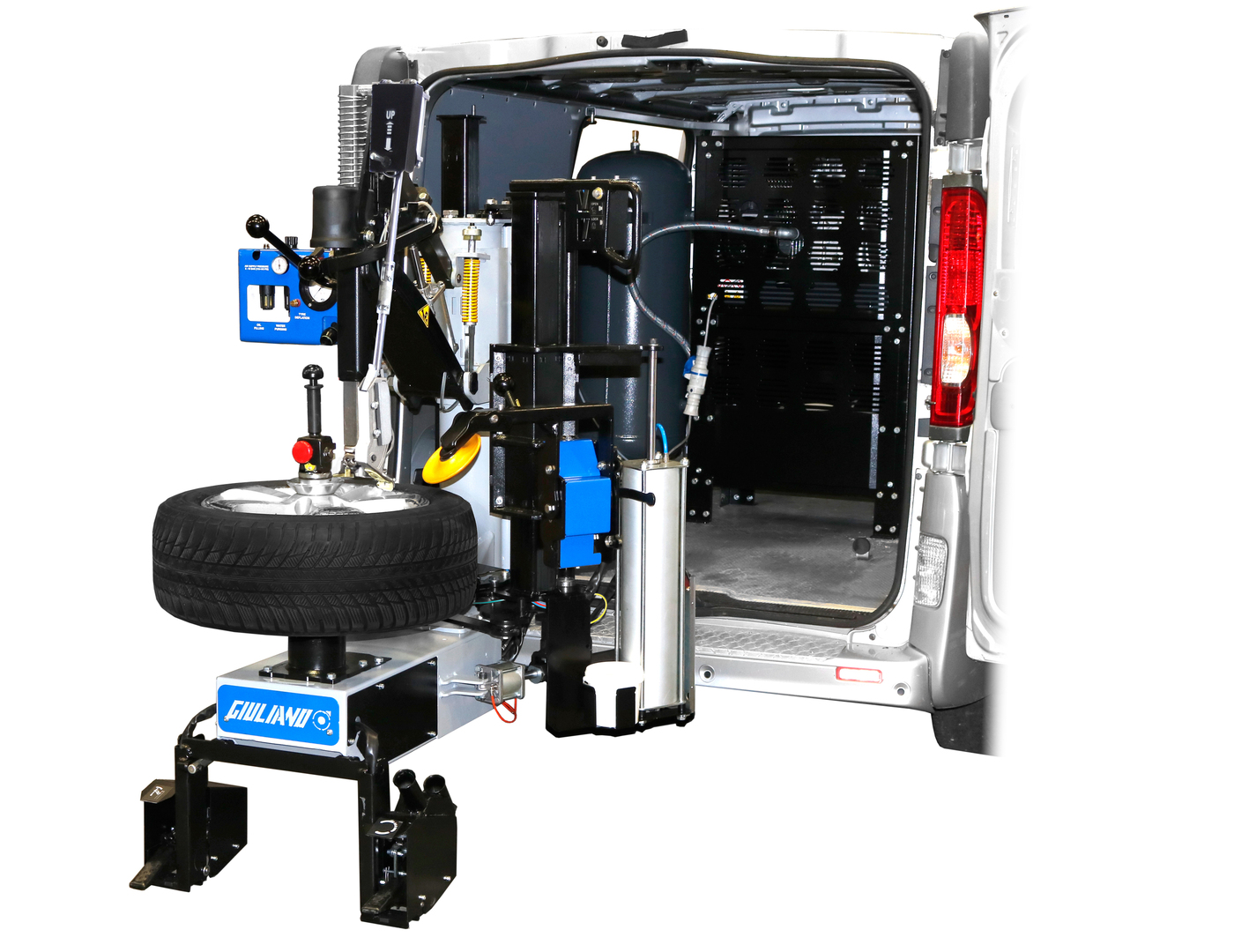Inexpensive Mobile Tire Replacement Las Vegas - Call Now!
Tire Solution: Proven Approaches for Optimum Tire Maintenance and Treatment
Maintaining optimum tire condition is critical for both safety and performance of any automobile. From ensuring correct tire pressure to regular rotation and placement, there are tested methods that can dramatically prolong the life-span of your tires and boost total driving experience. As we check out the ins and outs of tire treatment and upkeep, we will uncover vital standards that every vehicle proprietor ought to abide by for the finest possible results. Allow's explore the globe of tire service and find the secrets to maintaining your tires in excellent shape for the long run.
Value of Tire Pressure
Proper tire pressure is a vital element in guaranteeing optimal car efficiency and security when driving. Maintaining the suggested tire pressure degrees supplied by the manufacturer offers numerous advantages. Appropriate tire pressure promotes far better fuel performance, as under-inflated tires can lead to enhanced rolling resistance, causing the engine to function tougher and take in even more gas. Right tire pressure ensures also tread wear, boosting tire longevity and saving cash in the long run by postponing the requirement for early substitutes. Additionally, effectively pumped up tires contribute to improved handling and stopping capabilities, essential for secure driving in different road problems. Over-inflated tires, on the other hand, can lead to reduced grip and a harsher ride. Alternatively, under-inflated tires are prone to getting too hot, which can result in mishaps and blowouts. Frequently adjusting and inspecting tire pressure, especially soon trips, is a simple yet efficient means to improve lorry performance, expand tire lifespan, and focus on security when traveling.
Tire Rotation Guidelines
When thinking about tire rotation guidelines, it is important to recognize the importance of this maintenance task in making best use of tire life-span and keeping optimum vehicle efficiency. Tire turning entails transforming the placement of each tire on an automobile to make sure even walk wear. Front tires tend to wear quicker than back tires as a result of guiding pressures, making normal turning vital for well balanced wear patterns. The suggested rotation pattern differs relying on whether a car is front-wheel, rear-wheel, all-wheel, or four-wheel drive. Generally, tires should be rotated every 5,000 to 7,500 miles, or as suggested in the lorry handbook. Overlooking tire rotation can bring about unequal wear, affecting handling, grip, and possibly compromising car safety. By sticking to appropriate rotation standards, chauffeurs can extend the life of their tires, boost fuel efficiency, and enhance general driving experience. Normal rotation is a straightforward yet reliable maintenance technique that adds considerably to tire long life and car performance.

Advantages of Wheel Alignment
Ensuring appropriate wheel placement after tire turning is essential for preserving well balanced wear patterns and maximizing car efficiency. Recommended Reading Wheel placement describes the adjustment of the angles of the wheels to the producer's specs. Among the vital advantages of wheel alignment is improved dealing with and steering action. When the wheels are properly lined up, it decreases steering effort, making sure a smoother and a lot more regulated driving experience. Furthermore, right wheel placement aids to expand the life expectancy of your tires. Misaligned wheels can cause unequal tire wear, resulting in premature tire replacement and enhanced maintenance prices.

Tire Footstep Deepness Examine
Executing a regular assessment of tire step deepness is important for preserving risk-free driving problems and lengthening the lifespan of your tires. The tread on your tires plays a vital role in offering grip, especially in slippery or wet conditions. To inspect your tire walk deepness, you can utilize a walk deepness scale or the dime test. The advised walk deepness goes to the very least 2/32 of an inch. If the step deepness is listed below this limit, it is time to change your tires to make certain optimum efficiency and safety and security on the road. Irregular step wear can show concerns with tire suspension, positioning, or pressure, highlighting the importance of normal step deepness checks. Neglecting to monitor and keep correct walk depth can lead to lowered grasp, longer braking distances, and an increased threat of hydroplaning. By including tire walk depth explore your routine upkeep timetable, you can drive with self-confidence recognizing that your tires remain in leading condition.
Seasonal Tire Inspection
Seasonal tire inspection is a fundamental facet of tire upkeep that makes certain tires are all set to deal with the difficulties positioned by different climate problems. In preparation for winter, it is essential to examine the tire stress consistently as chilly temperatures can cause tire stress to drop. By conducting regular seasonal tire assessments, chauffeurs can prolong tire life-span, improve fuel performance, and most notably, make sure a protected driving experience in varying climate conditions.
Verdict
To conclude, maintaining correct tire pressure, revolving tires on a regular basis, lining up wheels appropriately, checking walk depth, and performing seasonal evaluations are essential methods for optimal tire treatment. By following these verified methods, motorists can ensure their tires last longer, execute much better, and add to overall automobile safety. It is essential to prioritize tire maintenance to stop mishaps, boost fuel effectiveness, and lengthen the lifespan of tires.
Appropriate tire stress promotes much better fuel performance, as under-inflated tires can lead to increased rolling resistance, triggering the engine to function harder and take in even more learn this here now gas.When considering tire rotation standards, it is crucial to understand the value of this upkeep job in maximizing tire life expectancy and preserving optimum vehicle performance. Seasonal tire evaluation is an essential facet of tire upkeep that ensures tires are prepared to encounter the obstacles posed by different weather problems. By performing regular seasonal webpage tire inspections, drivers can prolong tire lifespan, enhance fuel effectiveness, and most significantly, guarantee a protected driving experience in varying weather condition conditions.
In final thought, keeping appropriate tire stress, rotating tires consistently, straightening wheels appropriately, monitoring step deepness, and performing seasonal assessments are necessary techniques for ideal tire care.